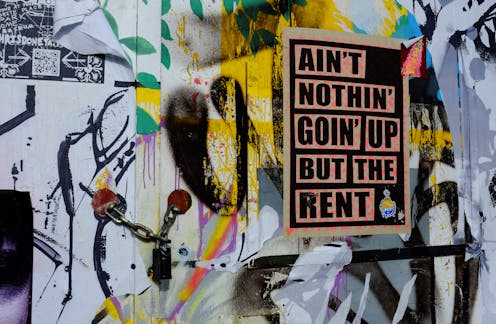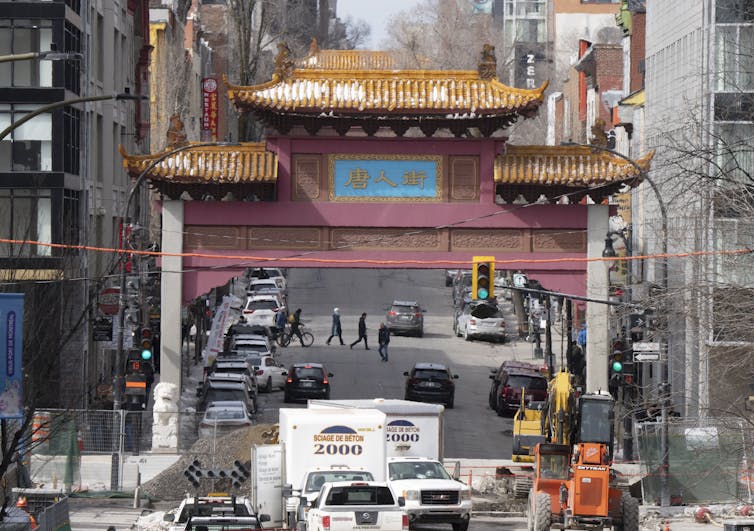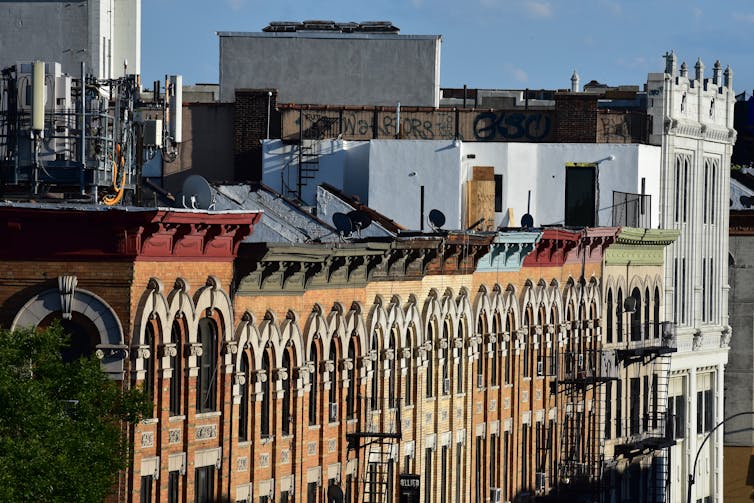
When we think of gentrification, we often think of how a neighbourhood’s demographics and landscape are transformed. Luxury apartment blocks replace single family homes. Trendy cafes replace independent businesses. Affluent families and businesses move in, often pushing out longstanding residents who can’t afford to stay.
Over the decades, gentrification has had a significant impact on cities across the world. One 2016 study by New York University on the city’s gentrifying neighborhoods estimated that some of them had seen an average rent increase of 78.7 per cent between 1990 and 2014, compared to 22.1 per cent citywide. New York consistently ranks among the most expensive cities in the world, along with Singapore, Zurich and Hong Kong.
When gentrification was first introduced into our vocabulary a few decades ago, it was used to describe the economic dimensions of neighbourhood changes. But more recently, it has become clear that gentrification has dramatic effects on racialized communities in particular.
From Montréal to New York, London, Vancouver, and elsewhere, racialized people continue to disproportionately feel the detrimental impacts of urban development and gentrification.
In the context of growing inequalities prompted by the COVID-19 pandemic, skyrocketing housing prices and racial unrest, the process of gentrification and its sociocultural effects on communities of colour is especially pertinent right now.
Montréal’s Chinatown

Once a refuge where Chinese immigrants could celebrate their culture and enjoy a sense of belonging, Montréal’s Chinatown has faced a number of threats from gentrification over the past 50 years. Throughout the 1970s and early 1980s, the neighborhood was downsized to make space for developments like the Complexe Guy Favreau, Complexe Desjardins and the Place du Quartier.
Construction of the Complexe Guy Favreau led to the demolition of several buildings used by the Chinese community including churches and grocery stores. These major urban projects eventually propelled the displacement of Chinese families. In their stead, whiter and wealthier people and businesses moved in.
The construction of four paifangs — a type of traditional Chinese gateway — in 1999 marked the beginning of Chinatown’s estheticization. Signaling a desire to create marketable authenticity, the arches grew out of orientalist representations of Chinese culture and a wish to promote the area’s fantasized “Chineseness” to tourists.
In addition, the municipality installed the paifangs following expropriations and redevelopments responsible for the erasure of the Parc de la Pagode, three Chinese churches, many local businesses and an entire residential area. Through the marketization of Chinese exoticized “otherness,” the arches have become symbolic of the redevelopment that has turned Montréal’s Chinatown into a tourist destination where Chinese culture is reduced to a spectacle for Western consumption.
Brooklyn’s Crown Heights

Located in the east of Brooklyn, New York, Crown Heights has been historically home to a large West Indian, Caribbean and Hasidic Jewish working-class population. For more than two decades, the neighborhood has witnessed the arrival of high-income, predominantly white renters. Over the last decade, while the neighborhood’s Black population dropped, its white population has doubled. That has led to many racialized long-time residents being priced out of their homes and businesses.
Particularly noteworthy are the changes that came to Crown Heights’ dining scene, with the establishment of new and sometimes controversial restaurants. One such establishment, Summerhill, opened in 2017. The restaurant, branded as a “boozy sandwich shop,” was owned by Becca Brennan, a white newcomer from Canada. Soon after opening, the restaurant faced backlash after Brennan advertised her cocktails next to a “bullet hole-ridden wall” — remnants of a rumoured backroom illegal gun shop, Brennan claimed. She was accused by long-term residents of downplaying poverty and racism while fetishizing the area’s violent history.
New restaurants and businesses — owned by and catering to wealthier outsiders who are indifferent to the local history — often act as a renewed form of violence and exclusion for local communities. Following intense resistance, Summerhill eventually closed its doors.
Gentrification is about more than housing
Ethnic enclaves, such as Chinatown and Crown Heights, have long served as safe spaces for marginalized immigrants and racialized communities. But many are now disappearing as cities look to maximize their profit and attractiveness. With gentrification, those areas are turned into an environment that caters to upper-middle-class white norms, tastes and sensibilities.
At the same time, what’s perceived as “authentic” or “ethnic” often acts as a gentrification booster. By turning local cultures into commodities for consumers, gentrification manifests a broader effort to rebrand our cities.
It is an effort that denies racialized people cultural ownership over their own spaces. As such, gentrification is about much more than housing or physical displacement: it is also about cultural appropriation and racial exclusion.
Gentrification is a complex, multi-faceted and multi-layered phenomenon. As gentrification expands and intensifies, it is essential that we develop definitions that accurately reflect such complexity and address the ways race and racism inform the process. We need to think about how white privilege and gentrification configure one another.
We also have to consider the role played by corporate and institutional forces in the cultural displacement and social dislocation of racialized communities. Last but not least, we need to place gentrification in a broader and ongoing history of racial violence. In order to stop gentrification from perpetuating racial segregation within cities, its racial dynamics need to be discussed and addressed.
Mieko Tarrius receives funding from Fonds de Recherche du Québec (FRQSC). Mieko Tarrius is a Policy Researcher Fellow at the Office of the Manhattan Borough President.
This article was originally published on The Conversation. Read the original article.







